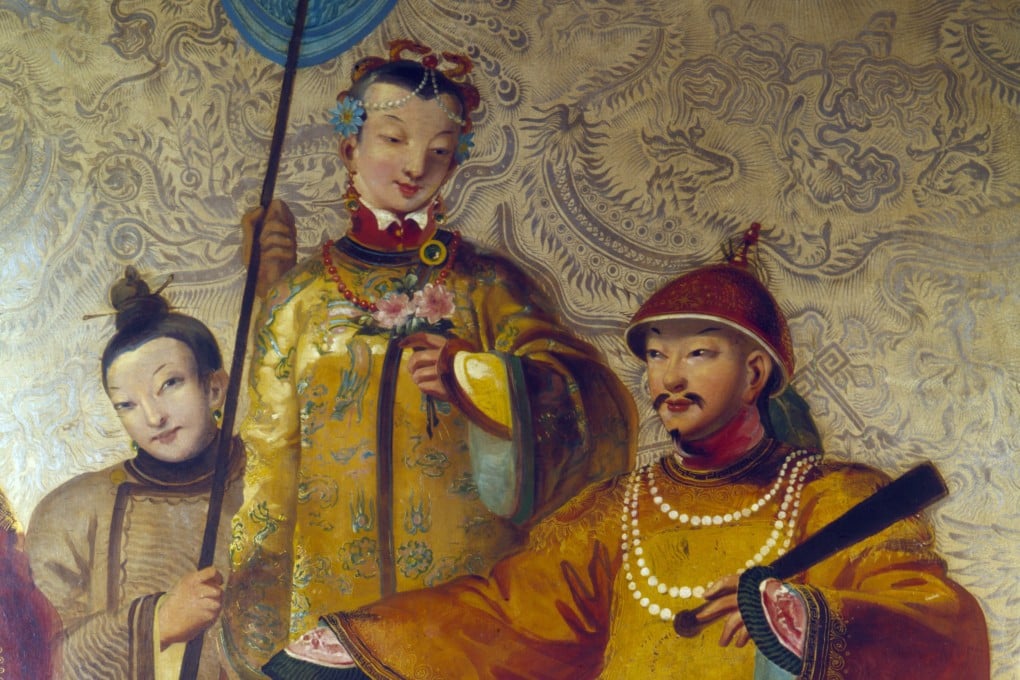Reflections | In Chinese history, names were changed to remove racist overtones
- Successive waves of ‘barbarian’ invaders largely purged Chinese language and writings of racist references
- Ancient Chinese associated the cardinal points with neighbouring peoples and the words took on negative connotations

Critics decry these changes as political correctness gone mad and even ahistorical, but names of people, places and things have often changed over time. What once was an acceptable moniker might, in a different time and place, become offensive, and a different name adopted to reflect society’s changing sensibilities.
The Chinese have had multiple collective names for foreign peoples. The ancient Huaxia people, the forerunners of modern-day Han Chinese, called other peoples by different names according to the cardinal points: the Yi in the east wore their hair down and tattooed their bodies; the Man in the south sported tattoos and sat cross-legged; in the west, the Rong wore their hair down and donned animal skins; while the Di in the north wore feathers and furs, and lived in caves. Some of the Yi and Man ate their food without cooking it over fire, and the western Rong and northern Di did not eat grains.
After centuries, many Yi, Man, Rong and Di peoples were assimilated into the Chinese nation. When the Chinese began to have direct contact with Central Asians, some of whom had Caucasoid features, they referred to them as Hu. And all foreigners were collectively called Fan.
Yi, Man, Rong, Di, Hu and Fan were originally value-neutral names that one group of people used to identify other groups with different physical characteristics, languages and customs. But they eventually acquired negative connotations, coloured by Chinese notions of superiority over their “primitive” neighbours, and fearful resentment against border raids and outright invasions. The words yi, man, rong, di, hu, fan and several others became synonymous with “barbarian”.
